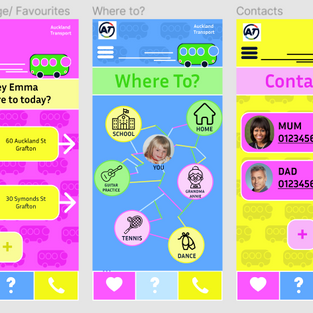Creating Design Sprints
- Emma

- Mar 26, 2021
- 2 min read
In my design class, we were tasked with creating a 3D model, a VR environment, and an app prototype within 4 weeks. To do this, we first had another task, plan out the projects. This is done using a design sprint. The design sprint is a plan which you create to step out the task and track your time management on the project. Here I will showcase the 3 design sprints I created for my projects, you can check out separate posts on my blog page which go into detail of each project.
Each design sprint follows 6 steps:
0) Assumptions
1) Precedents
1.5)Risk
2)Ideation
3)Choose an Ideation
4)Build your Prototype
5)Commentary
6)Reflection
Design Sprint 1 - 3D model
This was a design challenge in which we were tasked to recreate our childhood toy or something from its universe, then 3D model it using Rhino, add texture using Blender and then turn it into a promotional poster. This was a very challenging project for me as there was a lot of new complicated software I had never used before.
This was my final design sprint of the 3D model.

Design Sprint 2 - VR Environment
This design challenge tasked us to reimagine a space from our childhood and create it in VR using Rhino to 3D model, Blender for texture, and Mozilla Hubs and Mozilla Spoke for the actual VR space.
My final design sprint:

Design Sprint 3 - UX/UI
This design challenge was a UX/UI challenge in which we had to create a design sprint which planned out how we would complete this project, as well as prototype the app using Figma. We were tasked with reimagining the Auckland Transport app for our 6 year old selves. Test my final prototype here!
Final UX/UI sprint:

Statement of Intent
I focused on the ‘deciding prototype’ based on my assumptions and ‘build the prototype’ areas of the sprints as developing my skills and being decisive and realistic were high priority to me. I planned for this through time management and allowing myself enough hours before the assignment is due to give myself time for learning the software, problems I occur, getting feedback from tutors, and testing the prototypes.





























































































Comments